Learning about learning
God is Dead. Really?
2 Comments
My neighbor Paul is a pretty smart guy so we managed to get it out of the car after a lot of pulling, pushing and shoving. He had a dolly to make it easy to get upstairs, which was a great idea until we got to the door. It didn't fit. HURDLE #2 - Getting it to where I needed itBeing the smart guy that he is, Paul suggested we bring it upstairs in pieces, so we began dissecting the box and its contents. Who knew that this puppy would have a GAJILLION pieces! Kudos to the engineers in charge of packaging though. Between the masonite stablilizers, and lots of styrofoam, they'd sandwiched something that covered most of my walkway into a 36"x40"x6"box. Hurdle #3 - Putting it all TogetherNow the fun begins. Putting it together. Easier said than done! It came with 5 pages of illustrated directions. All of the pieces were numbered with little stickers, and the numbers matched the diagram in the directions. Easy peasy, right?
WRONG. GETS SHARED!I'm sitting in a Panera in Las Vegas away from the chaos of the strip wearing my ELearning BrothersT-shirt gathering my thoughts about DevLearn. For the uninitiated, DevLearn is a gathering of 3000 ELearning people sponsored by the ELearning Guild. As always, it was a conference full of great learning. It's awesome seeing my friends, many I only know thru Twitter, and being able to put a face with a name. What's even better is being with kindred spirits for a few days. Since moving to Illumina Interactive, I'm blessed to be with like-minded people with a unified mission every day, and was delighted to be able to attend with five of my colleagues. Our leader has great vision and it was genius to bring the core team together to learn. I'm looking forward to the debrief on Monday. Here's what I learned this week. dAY ONE: Adobe
MICROLEARNING & DESIGN HACKS
I attended a workshop on design hacks and was amazed by the seamless transitions between the Adobe apps and products and the ability to carry things between them. I look forward to playing with those tricks. I also attended Ray Jimenez's session on Microlearning and realized how simply we can use story snippets for bite size learning. Workers are no longer interested in long, dedicated training sessions, I wonder though, how easily a snippet might get lost in email. I suppose if they are as startling as his example - a sleezy dude calling into a call center with inappropriate comments that froze at "What would you do?"then some choices would capture attention to make people wonder what was coming next and make then anticipate and open those emails to link to the training. OVERALL A GREAT DAY Overall, I had a great day, and was jazzed for the next three days of DevLearn, continued in tomorrow's blog. Till then.... :) 
I've just returned from four fantastic days in sunny Southern California with my head full of learning and resolutions to return to regular blogging and to NEVER EVER fly home from the West Coast on the red eye again. I'm so not a morning person. WHAT WAS I THINKING?? But I digress.
I'm a conference junkie and I just love being around kindred spirits who get learning and are impassioned about making it work well. The Learning and Development Conference was the maiden voyage for this event, so it was an intimate gathering of many of the movers and shakers in the industry. Synergies
There were great synergies here. It was so much fun to hang with some of the tweeps I regularly attend conferences with but never get to spend time with. Some, like @triciaransom, I saw in real life for the first time. Left to right, we have @bizlearningdude, @enzofsilva, @michellelentz, @stipton, @CandiceCPLP, @DeliaDe68218453 and @trishuhl. There were so many more!
Brent Schlenker and Luis Malbas assembled a terrific mix of the kaleidoscope of the trends in our industry during the conference's two and a half days. I was exposed to three keynote speakers that jazzed and excited me. Here's the recap of my notes.
When one is used to working and cultivating a collaborative group that readily shares information, it is a rude awakening to return to the land of silos and secrets. I recently worked on a project where command and control was the [unspoken] expectation, and as part of my needs assessment, I DARED speak with employees outside of L&D and was taken to task for it. "We don't do it what way around here. You must ask permission to speak to people in the business lines." Huh? I thought we were all on the same team here. The people I spoke to were fine with my inquiries, and I gathered some robust insights, but since I hadn't played "Mother May I?" I was reprimanded with an attitude of "How DARE you!" and those insights, I'm sure, will wind up in a dust bin. It puzzles me. What are you so afraid of, folks? The Way Things Could Work
While his model is about ever learning and always connecting to build a network on a personal level and the implications that has within organizations, Seek > Sense > Share functions well to describe what a needs assessment should be. It's an investigation (seek), looking for trends, making sense of them, then sharing your findings so that a solution can be developed to solve the problem at hand. Design thinking spends tons of time examining things first, ensuring that gaps are identified, and a solution created to fill them. Doing so ensures the right problem is solved.
Alas, not in this organization. It appears that the solution has been crafted before the problem has truly been uncovered. When you exist in a world where everything is guarded close to the chest it's really easy for mediocrity to perpetuated. You miss the perspective of the outsiders who almost always have valuable insights for you. When your focus is wrapped up on adherence to process, it's easy to forget what the process is for. When colleagues become snitches and tattle to ensure compliance with said processes, your problem is bigger than you think. When you stop looking around, it's easy to function on the hamster's wheel, always running and never getting anywhere. I shudder, shake the dust from my feet, and return to normalcy. It's a much better place. Yesterday I was returning home from the ATD Conference in Denver and participated in a unique customer experience that I suspect will make a good case story someday. We start with the rental car shuttle dropping me off at the baggage claim, which meant schlepping all over the airport to find ticketing. The airline I was on was new, had one gate, and minimal signage, so there was extra schlepping involved. Once I found it, checked my bag an got my boarding pass, SCORE!!! I was TSA Pre-Check. I'd made a point of getting to the airport two hours early so I could spend some time relaxing and typing up my notes from the conference. TSA Pre-Check would expedite my getting to the gate and give me a bit of extra time to savor the Caribou Coffee I'd planned to procure. It was a Thursday morning, so the airport was relatively quiet. Things were going along as anticipated when I got to the security area to read a prominent sign that said, "No TSA Precheck at this Checkpoint". No biggie, I thought. The line is short, so this should go quickly.
Not so much. Little did I know what I was in for. About five years ago I attended a higher ed workshop where the panelists introduced MOOCs (Massive Online Open Courses) and were discussing their potential impact on higher ed. There was a note of panic in their voices, because, after all, MOOCs are free and the mooc providers were "giving learning away", which might interrupt the revenue stream (read cash cow) in higher ed. The MOOC providers continued to publish, and the learners kept learning. You can read some interesting stats about them in Class Central's 2015 analysis of MOOC trends. Who's Taking Them and What are people learning in MOOCs?
What can we learn from MOOCs?There are some big lessons for us as designers around the popularity of the MOOC.
Then we began the excuses and dismissals for people who had relatives involved in a trial, the jobs that would create hardship, the grandmother traveling overseas for the birth of a child who would miss several months, etc, and one by one, the pool diminished and a replacement was added. We were close to being finished, and a "what about...." question arose from a final candidate. She was dismissed, and my name was drawn. <Cue Perry Mason music> What the heck, I figured. You can always learn something, right? I have fond childhood memories of the Perry Mason theme song playing as I walked down the hall to bed every night. It was one of my grandfather's favorite shows and it came on after the 11:00 news. Sworn to SecrecyOur training included very stern instructions that we were not to discuss the proceedings of the trial with anyone. Spouse. Mother. Therapist. Nada. No one. It was especially important because this is Rhode Island, and as a small state, six degrees of separation is more like 2.31, so we aren't allowed to talk about the cases. I can tell you that it's like watching a mashup of Law and Order where the case changes at each commercial break. We've had 16 cases so far, and I've filled up three notebooks, which, by the way, must be left in the courtroom, along with the officially appointed court pen. We may not bring our cell phones past the security guards (lest we record something!) though we can house them in a little phone locker with the security staff by the metal detectors and sign them out at lunch. I was jonesing over that the first couple of weeks (How do I tell time?) but I got over that and now don't even bother to bring my iPhone along to sit in the little locker. So What Does This Have to Do with Learning?You may be wondering, since I can't talk about any of this, what it has to do with learning. LOTS! Let me explain.
I was fishing around for something on my computer today, and came across the 2014 Innovating Pedagogy Report put out by the Institute for Educational Technology at The Open University. This report is created for teachers rather than designers and corporate training people, but it is interesting to see the trends that were identified in K12 education a year and a half ago. They include: I find it curious how many of those trends exist in today's world of instructional design and elearning. Normally, the orbits of higher ed, K12, and corporate training spin in different realms, but there appears to be a convergence here. We are all chattering about storytelling and the value of assessment, MOOCs, analytics and the flipped classroom and troubled by BYOD. If you look at a conference brochure, you'll see lots of things about these concepts. The methods of improving our education & training all include examine a variety of components: knowing what is needed (in our world, gap analysis), delivery of content, application of content, and measuring the learners' absorption of it. It seems as though we are focused on the delivery and assessment these days. Leveraging TechnologySince the advent of readily accessible technology, we have online learning and measurement options available to us, and educators and trainers attempt to effectively incorporate technology as it has become ubiquitous in our daily lives. We all experiment with things, examine the results, talk about them, tweak them, and hopefully improve what was. I know in my 40 years of teaching, I've seen lots of things change. I've tried things that worked well and things that flopped. Yet people still learned. How much, well, that's the fly in the ointment. Two hundred years ago, there was the chalkboard, classroom, a teacher imparting knowledge, and lots of reading and rote memorization. We view that as primitive, yet it takes effort to read most 19th century literature because of the dense vocabulary and long sentences. Those writers were schooled in that "primitive" classroom and have language skills that far surpass what we have today. Their methods worked. Do I suggest we return to that? No. There is so much more to learn today. There's so much more available to us with the world at our fingertips on a computer. School systems need to decide what must be in the canon imparted to children, parsing out of that enormous mass of ideas to assemble a stable curriculum. Similarly, in corporate training, we struggle to figure out what the learner really needs, despite our subject matter expert's insistence that they need the trunkful of material they toss over the wall for us to put in a 10 minute elearning module. We Really Should Leverage Cross Disciplinary ConversationI often wonder why we don't talk to one another much between K12, higher ed, early childhood and training. Granted, a key difference is the focus on children vs. adults, but there are excellent synergies that we can leverage between one another. That's why I pay attention to them all in my Twitter feed, and it's where I came across the report that sparked this post. I know that creative sparks occur when a novel concept is introduced to the mix, forcing thinking to go in new directions. Edward DeBono uses this in lateral thinking, and calls this process Random Entry. A totally unrelated idea takes our thinking in different directions. Here's a great example. In the report's article about learning analytics, Miller & Mork's (2013) value chain for discovery, integration, and exploitation of large-scale data is cited. This comes from an IT perspective, and in a very simple way, shares how we could leverage the data we collect. A question comes up here: are we collecting the right things? There's considerable effort being invested in data mining of big data, and leveraging xAPI to track user activity. I wonder how much of the thinking in this image would be useful to us as we plan our evaluation strategies. I also wonder if having a representative from IT at the table would bring a divergent perspective as we consider evaluation and assessment possibilities so we might better leverage available data. The Value of BricolageThis is where the concept of bricolage comes in. Bricolage comes from the process of playing with things at hand. Examples include the child who builds a fort out of the sofa cushions, the artist who creates sculpture from household items, the teacher who does crafts with his students using paper towel rolls, and musicians who use spoons or pots and pans as instruments. According to Wikipedia, "Bricolage is a French loanword that means the process of improvisation in a human endeavor. The word is derived from the French verb bricoler ("to tinker"), with the English term DIY ("Do-it-yourself")." I like that. Improvisation in a human endeavor. One of the tenants of improvisation is "Yes, and". Here, the players must agree with whatever the other has started, and build from there. It's leveraging imagination. Dictionary.com defines bricolage as
In education, MIT theorist of constructionism (different from constructivism) and founder of the MIT Media Lab, Seymour Papert was inspired by noting the difference between math class students and art class students carving a bar of soap. He wanted to find a way to teach math that had the inspiration of the soap carvers. Here, the soap leveraged divergent thinking for him, and from it, emerged the Logo software that allowed students to explore math concepts in a hands on fashion. He looked at problem solving in two ways: rather than being analytical, he deemed the learner a bricoleur, who learned through playing with things. Constructionism is actually learning by making. Bricolage is used in managerial and entrepreneurial literature, and seems to be tied with creativity. There's a difference though. It seems that bricolage is the result of problem solving. With the fort, the child wanted to create a hiding place, and improvised. The music maker had no drums, so the pot was inverted to become the percussionist's tool. It's a form of problem solving through experimentation. In our world, bricolage includes blended learning, mLearning, elearning, and MOOCs. The solution came about to meet a need. Learners are attached to their smartphones, which makes computing portable, so we leverage that through mLearning. We need to eliminate costs for some training, so we improvised via webinars, or create blended components so there is less seat time. These examples have been around for a while, and solved the "How might we" questions used in the world of UX. We answer with a solution that's a mashup of common tools used in a new paradigm. What was new, is now commonplace.
Education is continually working to reinvent and improve itself and supplement what is already in place. As my grandmother used to say, "Necessity is the mother of invention." "How might we" is an excellent starting point to solve a problem. Designers look at people, problems and solutions. What do we need to build next? Don't let the problem become a stopping point. Look for the "Yes, and" as well as the "How might we" to leverage what's at hand to build the next bricolage for learning. How might we do what we do better? What's in your toolkit that could spur a new way? It doesn't always need to be something new. Bricolage comes from leveraging what's at hand. What can you combine to create better learning?
The designer then brainstorms many solutions, narrows focus to one solution, and creates a prototype, which is presented to the user for feedback. The feedback is applied and the design is reworked until an appropriate solution is created that is feasible for the designer and solves the user's problem. In design thinking, the user is central. This process is the way new products are created, originating from the research and development teams in organizations, but it is being increasingly adopted in other areas of the business. The buzz is growing around design thinking, hitting the mainstream in the September 2015 issue of the Harvard Business Review last year. In the lead article, Design Thinking Comes of Age, Jon Kolko, VP of Design at Blackbord says,
What applicability do we see between instructional design and design thinking? Are there things we might leverage too? If you're new to Design Thinking, check out the free crash course available from the dSchool at Stanford or their resource page for methods. Design thinking is about creating solutions to problems. The user is always a central focus. How can we address this as instructional designers?
|
Jean Marrapodi
Teacher by training, learner by design. Archives
January 2018
Categories
All
|
Conference
|
Company
|
|
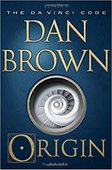
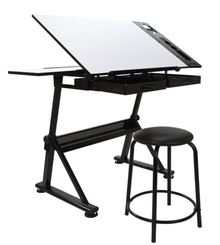
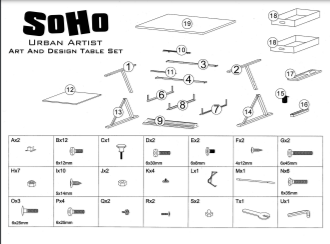
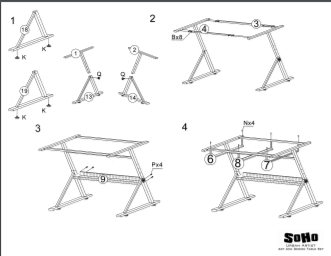
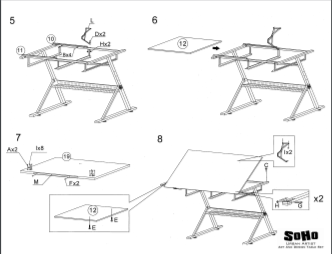
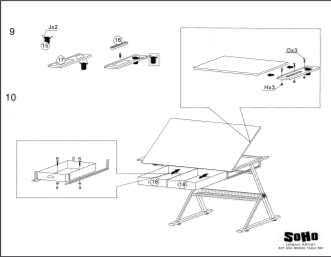

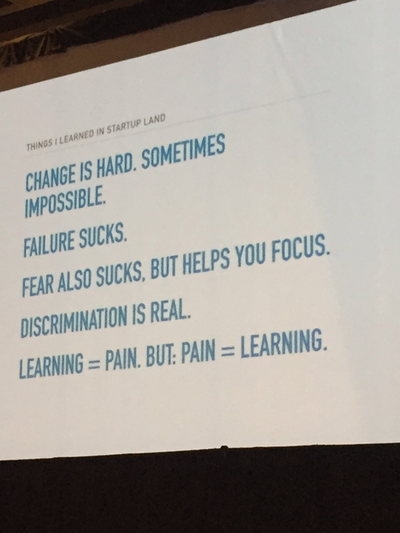

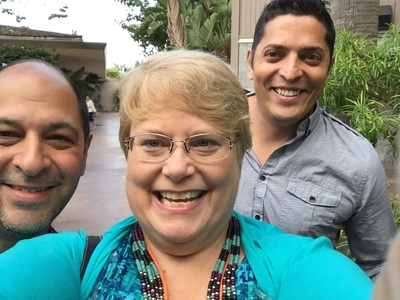
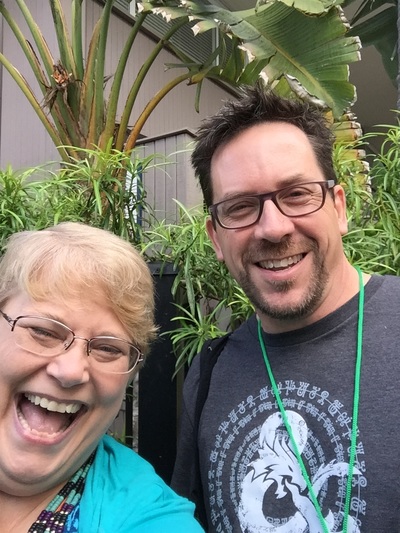


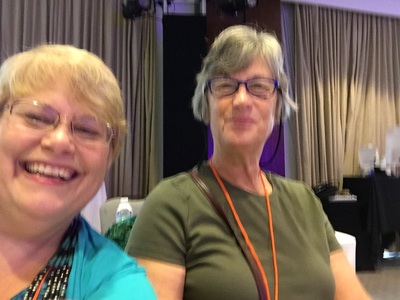
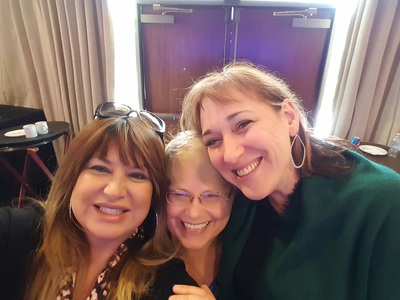
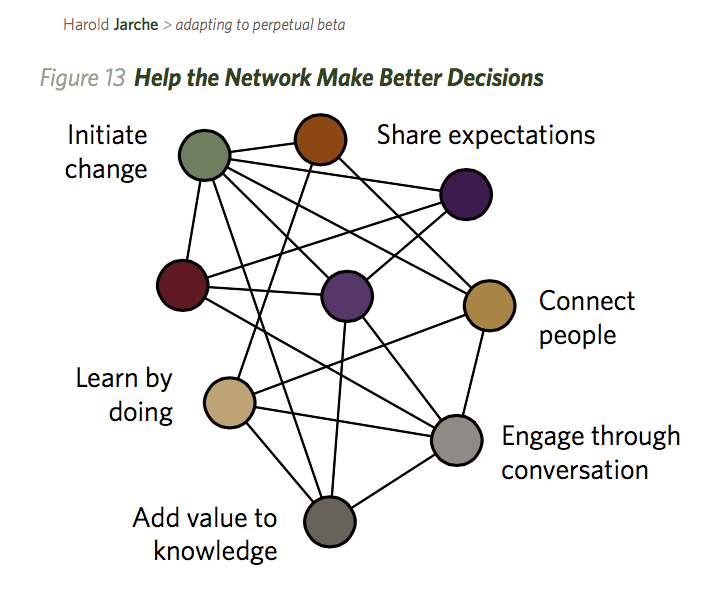

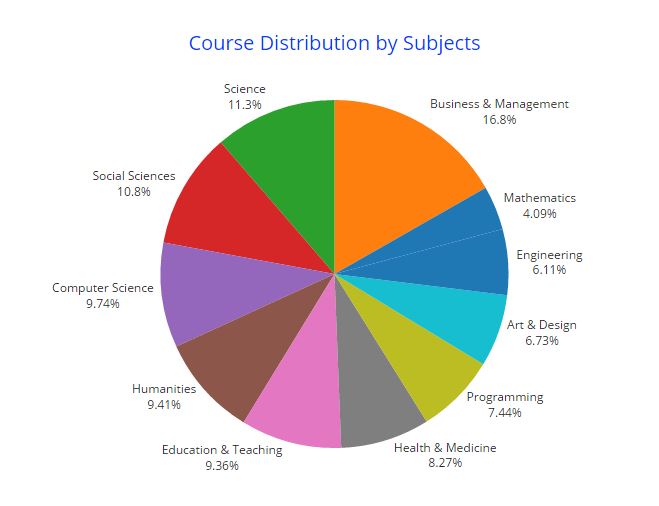

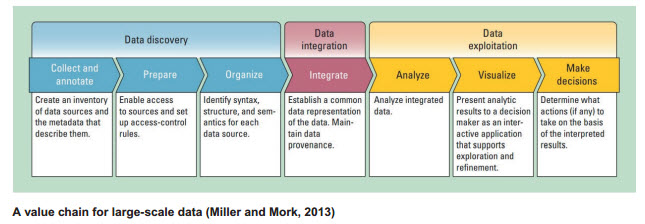

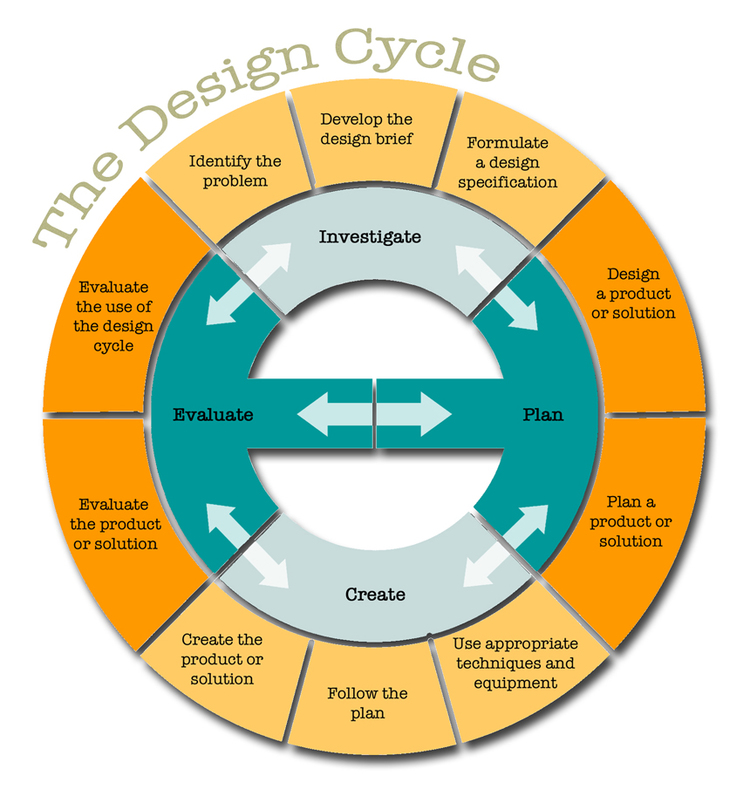
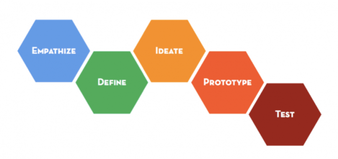
 RSS Feed
RSS Feed